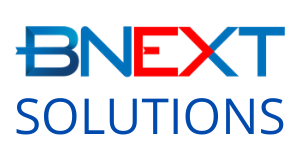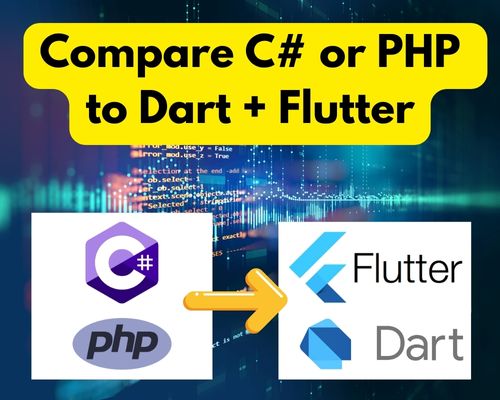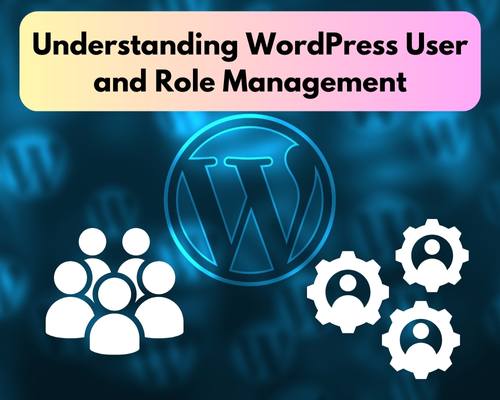Absolutely, transitioning from C# and PHP to Dart and Flutter involves understanding both the differences and similarities among these languages and frameworks.
Similarities
- Object-Oriented Programming (OOP): C#, PHP, and Dart are all object-oriented languages. They share common OOP concepts like classes, objects, inheritance, encapsulation, and polymorphism.
- Syntax: If you’re coming from C#, you’ll find Dart’s syntax quite familiar. Both languages have C-style syntax with similar constructs for control structures (if-else, loops), and class definitions.
- Garbage Collection: Like C#, Dart handles memory management through garbage collection, meaning you don’t have to manually manage memory as often as in lower-level languages.
- Asynchronous Programming: C# and Dart both support asynchronous programming. Dart’s
asyncandawaitkeywords will feel familiar if you’ve used them in C#. - Type Systems: C# and Dart are statically typed languages, though Dart also supports dynamic typing. This may be a shift from PHP, which is more dynamically typed, but PHP 7 introduced more static typing features.
Differences
- Language Purpose:
- C# is a general-purpose language, commonly used for desktop applications, game development (Unity), and backend services.
- PHP is primarily used for server-side web development.
- Dart, while general-purpose, is uniquely designed for frontend user interface development, especially with the Flutter framework for cross-platform mobile and web apps.
- Flutter Framework:
- Unlike C# and PHP, Dart is commonly used with Flutter, a UI toolkit for building natively compiled applications for mobile, web, and desktop from a single codebase. This is a significant shift from PHP web development and differs from C# unless you’ve used Xamarin for cross-platform development.
- Runtime Environment:
- C# typically runs on the .NET framework or .NET Core for cross-platform applications.
- PHP runs on a web server, often with a LAMP (Linux, Apache, MySQL, PHP) stack.
- Dart code can run in a variety of environments: it compiles to ARM and x64 machine code for mobile, to JavaScript for the web, and to native code for desktop applications.
- Standard Library and Ecosystem:
- Dart has a rich set of libraries for frontend development, especially with Flutter widgets.
- C# has an extensive standard library (.NET Framework) with a focus on a wide range of application types.
- PHP’s standard library is geared towards web development.
- Community and Ecosystem:
- The community and ecosystem around Dart and Flutter are growing but are not as mature as C#’s (.NET) or PHP’s, especially in terms of third-party libraries and resources.
Tips for Learning Dart and Flutter
- Leverage your OOP experience: Apply your knowledge of OOP principles from C# and PHP.
- Dive into Flutter documentation: The Flutter documentation is comprehensive and includes many examples.
- Practice by building: Start with simple apps and progressively enhance their complexity.
- Explore Dart packages: Familiarize yourself with popular Dart packages, which are similar to NuGet packages in C# or Composer packages in PHP.
- Join communities: Participate in forums and communities for Flutter and Dart for support and to stay updated with best practices.




